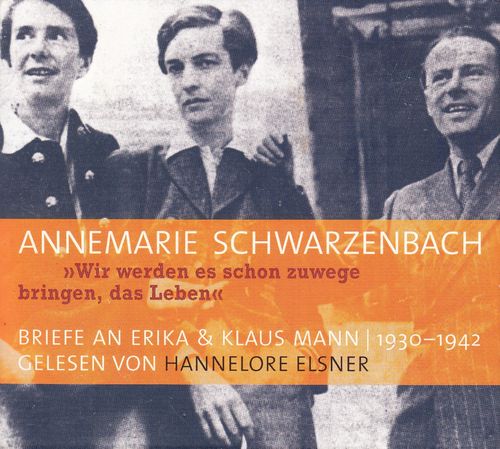
It then outlines the sapphic uncanny aesthetic established in Schwarzenbach’s novella and the third volume of Der Skorpion, engaging primarily with Freud’s theory of the Uncanny. My analysis considers the reimagining of vampiric figures in the first volume of Weirauch’s trilogy and Döblin’s fictionalised account of the scandalous 1923 Ella Klein and Margarete Nebbe case. It also illustrates how the appropriation and modification of Gothic tropes, such as vampirism, haunting and doubling, reflect the ambivalence and hostility toward homosexuality internalised by the sapphic subject during the interwar period. This thesis examines the use of established Gothic motifs in Alfred Döblin’s Die beiden Freundinnen und ihr Giftmord (1924), Anna Elisabet Weirauch’s Der Skorpion (1919-31) and Annemarie Schwarzenbach’s Eine Frau zu sehen (2008). The mask of the sensitive, youthful protagonist is too thin to prevent Annemarie’s face from shining through.” The translation is by Lucy Renner Jones.Existing scholarship on interwar German lesbian narratives has largely overlooked the role of Gothicism in their portrayal of sapphic sexuality.


“What contemporary critics were forced to overlook, or didn’t want to see, that is, that it was a representation of a lesbian love affair, is clear to today’s readers.

It concerns a young man’s obsessive love for a nightclub singer, but as Schwarzenbach biographers Nicole Müller and Dominique Grente point out, the real model for the hero is obvious. Lyric Novella, as we saw recently, was written during Schwarzenbach’s Berlin period in the early 1930s (though it was actually penned in Rheinsberg, north of the city). They’re published by Seagull Books whose intriguing list offers, among other things, translations from French (Antonin Artaud, Guillaume Apollinaire, Guy Debord) and German (Thomas Bernhard, Heiner Müller, Max Frisch). So it comes as a very welcome development that not one but two of her books have recently been translated.

There is no biography of her available in English, and very few of her writings. Swiss writer and adventurer Annemarie Schwarzenbach is a perfect example.


 0 kommentar(er)
0 kommentar(er)
